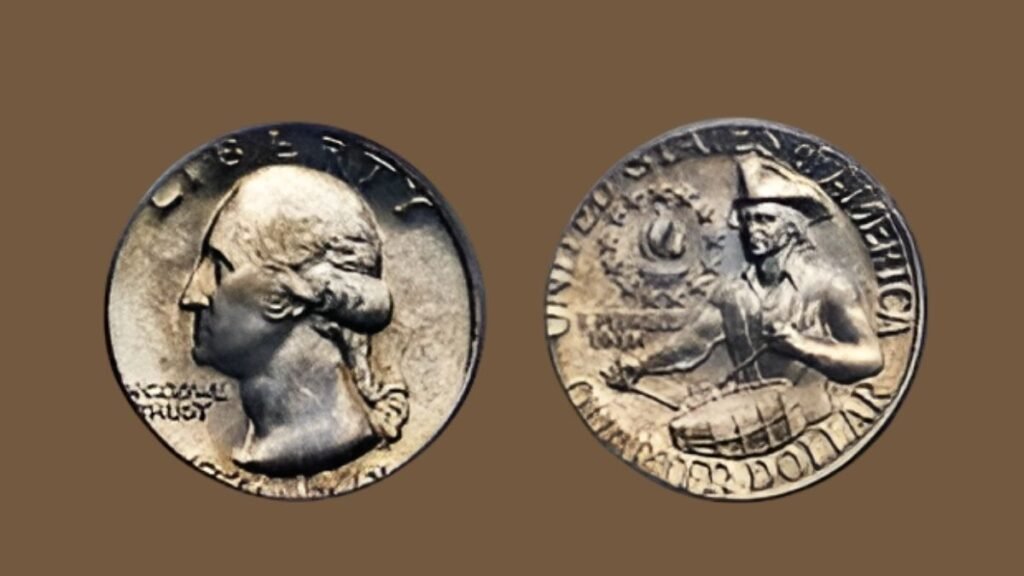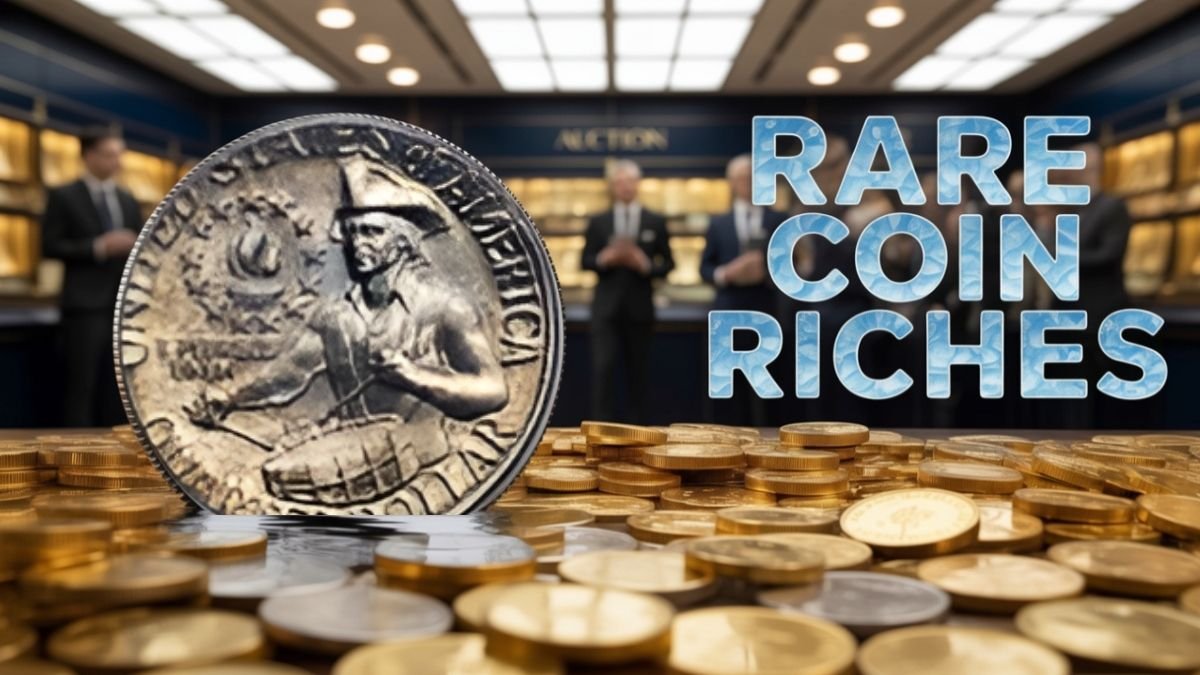In the history of America, numerous coins were struck that played a more important role than as a simple coin, being a historical treasure and a collector item. The Bicentennial Quarter is one such coin, which was released in 1976 to celebrate the 200 th anniversary of American independence. This coin can usually be bought just 25 cents (a quarter dollar) but in rare and certain minting errors, this coin can be worth hundreds and even millions of dollars.
News recently announced that a Bicentennial Quarter went into the record books selling at an auction at a record high of 808888. This may lead common citizens to believe that such coins, which are in their pockets or old piggy banks, may earn millions. However, the fact is that not all coins are so good. Now, we will see why this coin is a special one, under which conditions the price of such a coin can rise tremendously and how do you know whether your coin is a valuable find or not.
The History of the Bicentennial Quarter.
The independence of America was achieved in 1776 and 200 years later, in 1976, the country was celebrating its Bicentennial. In order to commemorate this event the U.S. Mint minted special design coins. The reverse side of the quarter has a “Drummer boy” thus making it different and unique in contrast to ordinary quarters.
Millions of commemorative coins of this sort were produced and placed into circulation. As such, the value of common Bicentennial quarters is only 25 cents (about 20 rupees) to this day. There are special and error coins though which fetch out of this world prices.
Which Quarter Bicentials Can Be Worth Millions of Dollars?
Not all coins are valuable and costly. The key factors that have led to the value additions to the collectors are:
- Errors or unusual minting
- Special editions and Metal (Composition).
- Coin condition (Grade)
- Now, let us know these in detail.
Examples 1.Errors and special varieties in quarters.
Still, (a) hit at the wrong planchet.
Occasionally, one coin is produced on the incorrect metal plate (planchet) when the coin is struck. As an illustration, a Bicentennial quarter can have a value of millions in case of its wrongful imprint on the planchet of a 90 percent silver coin.
(b) Doubled Die Obverse (DDO)
There are some quarters that are printed twice in the words Liberty and In God We Trust, such as the 1976-D (Denver Mint). This is referred to as Doubled Die Error. They can sell such coins at thousands of dollars, as long as they are in a good state.
(c) Mint Mark Defect
The coins of Philadelphia Mint lack a mint mark, whereas coins of the Denver (D) or San Francisco (S) Mints have. This mint mark is sometimes left out or filled with metal. This is also regarded as a rare defect and it adds value.
(d) Off-Center Strike
On a coin, when it is not struck in the center, but it has been struck off-center, the coin is referred to as an off-center strike. The more noticeable and distinctive the flaw, the greater the price. They are coins that have the potential to sell at hundreds and thousands of dollars.

2.Valuable Quarters, According to the Metal and Edition.
(a) 40% Silver Proof Quarters
San Francisco Mint made certain amounts of Bicentennial quarters out of 40 percent silver available to collectors. They can be recognized with the help of the mint mark S. Even though Millions of coins exist, it is possible to get such coins that are in good condition and have Deep Cameo (deeply embossed designs) worth thousands of dollars.
(b) High Grade Coins
The most important characteristic of a coin is its grade. In the near-perfect condition of a coin, e.g. a MS-69 (Mint State 69) grade, a coin can be valued in the thousands of times of a coin.
As an illustration, on 2018 a Bicentennial quarter of MS-68 grade went off at $5,170. Coin of even higher grade may be sold many times in advance.
Check Clearing your Bicentennial quarter?
- Find the S mint mark – This coin may have a valuable edition provided that there is an S and a silvery edge.
- Find mistakes – Check with a magnifying glass (DDO) or any other suspicious signs on the printing of Liberty or in God we trust.
- Assess state – in case the coin is free of scratches and it is new and shiny, it will be highly rated.
- Get authenticated – In case you think that your coin is a rare one or has some defect, then get it graded by a professional grading service, such as PCGS (Professional Coin Grading Service) or NGC (Numismatic Guaranty Company). This will aid in making its real value.
Why then are the majority of Bicentennial quarters valued at only 25 cents?
One should keep in mind that billions of Bicentennial quarters were issued. This is why they are so common. Coin anomalies Only rare error coins, silver variations, or those of extremely high grade preserved coins may command thousands or millions of dollars at auction.
Conclusion
The Bicentennial Quarter is a representation of culture and history in America. It only fetches 25 cents, yet have you got a special one, a f faulty one, or one in good condition,
FAQs
Q1. What is a Bicentennial Quarter?
A Bicentennial Quarter is a special 25-cent coin issued by the U.S. Mint in 1975–1976 to celebrate America’s 200th anniversary of independence.
Q2. Why is the Bicentennial Quarter considered rare?
While millions were minted, certain quarters with unique minting errors, special features, or pristine condition are extremely rare and highly valued by collectors.
Q3. How much can a rare Bicentennial Quarter be worth?
A rare variant in top condition or with unique minting errors could fetch as high as $808,888 or more at auction.
Q4. What features make a Bicentennial Quarter valuable?
Key features include minting errors, double-die strikes, proof versions, silver composition, or coins in uncirculated/mint condition.
Q5. Where can I sell a rare Bicentennial Quarter?
You can sell rare quarters through major auction houses, coin dealers, numismatic clubs, or online collectible marketplaces.
